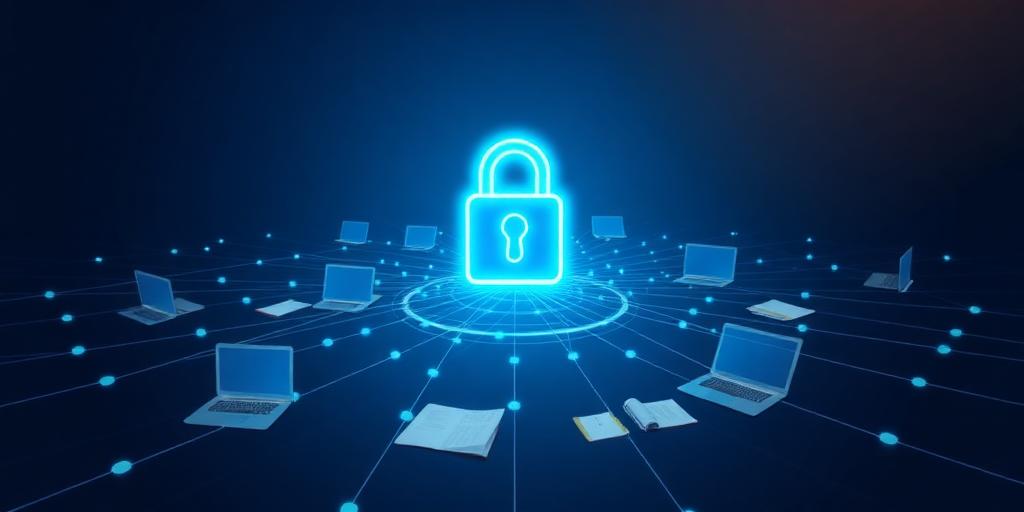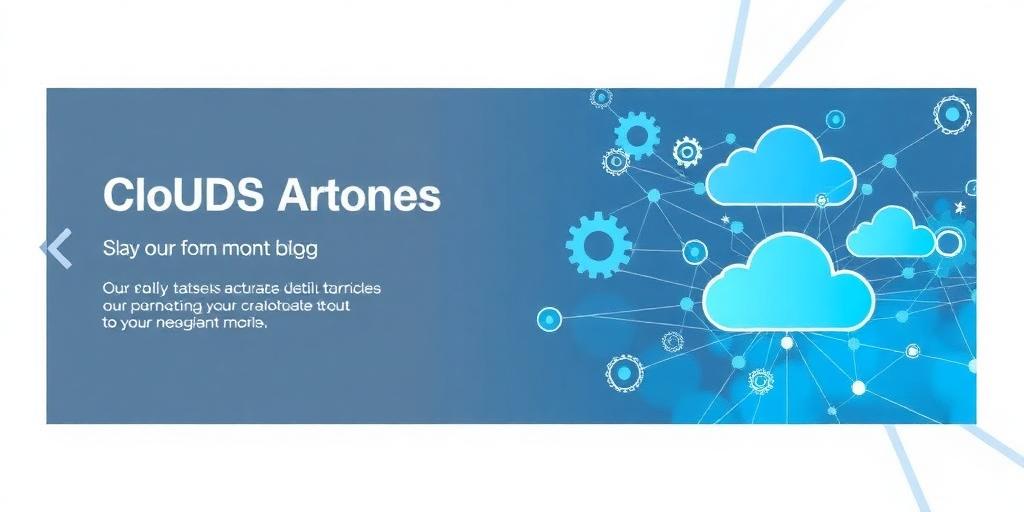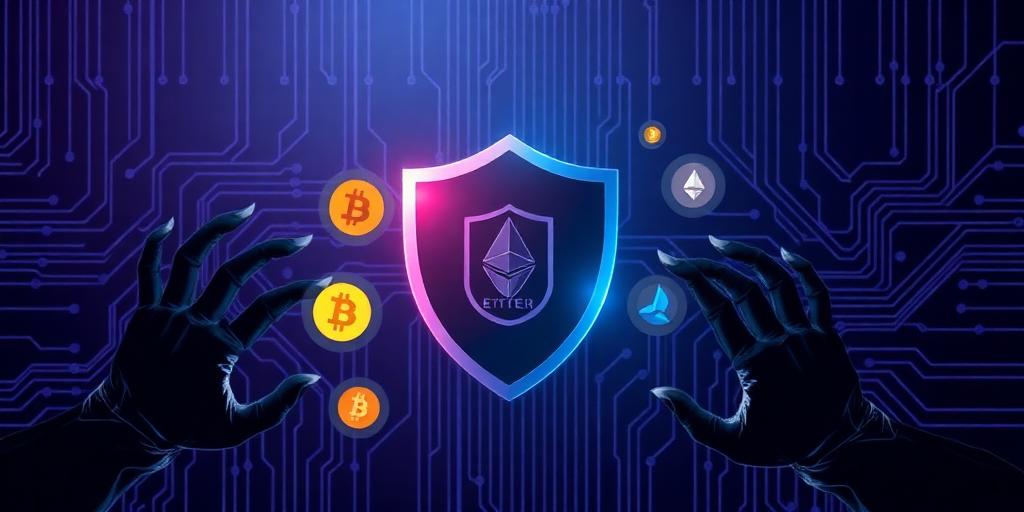The widespread shift to remote work has undeniably brought flexibility and new opportunities for businesses, yet it has also introduced a complex array of cybersecurity challenges. Protecting your remote workforce is no longer an option but a critical imperative for maintaining operational integrity and safeguarding sensitive data. An authoritative approach to cybersecurity is essential, demanding a comprehensive strategy that addresses multiple attack vectors.
Understanding the Remote Security Landscape
Securing a remote workforce extends beyond simple VPN usage. It involves a multi-layered defense system that accounts for varied home network environments, diverse personal devices, and the inherent risks of distributed data access. The goal is to extend your corporate security perimeter effectively into every remote employee's workspace, whether that's a home office or a coffee shop. Enterprises must adapt their existing security frameworks to these new realities, focusing on robust solutions for secure remote access and data protection.
Pillar 1: Fortifying Endpoints
Each device used by a remote employee—be it a laptop, tablet, or smartphone—represents a potential entry point for attackers. Therefore, endpoint security for remote employees is paramount.
- Managed Devices: Provide company-issued devices pre-configured with security software, including antivirus, anti-malware, and endpoint detection and response (EDR) solutions.
- Strict Patch Management: Ensure all operating systems and applications are regularly updated to mitigate known vulnerabilities. Implement automated patching where feasible.
- Device Encryption: Mandate full-disk encryption for all remote devices to protect data at rest, especially if a device is lost or stolen.
- Zero-Trust Principles: Adopt a “never trust, always verify” model, requiring continuous authentication and authorization for all devices and users, regardless of their location.
Pillar 2: Securing Network Access
Accessing corporate resources from external networks introduces significant risks. Robust network security protocols are fundamental.
- VPN Enforcement: Mandate the use of a Virtual Private Network (VPN) for all connections to the corporate network. Ensure the VPN client is up-to-date and configured with strong encryption protocols.
- Secure Wi-Fi Practices: Educate employees on the dangers of public Wi-Fi and encourage the use of secure, password-protected home networks. Advise against sharing home network passwords.
- Network Segmentation: For corporate networks, implement segmentation to limit lateral movement if a breach occurs, minimizing the impact of a compromised remote endpoint.
Pillar 3: Data Protection and Governance
Data remains the crown jewel of any organization. Protecting it in a remote environment requires diligent attention to access, storage, and transmission.
- Data Loss Prevention (DLP): Implement DLP solutions to prevent sensitive information from leaving the corporate environment through unauthorized channels.
- Cloud Security: For organizations leveraging cloud services, ensure robust cloud security configurations, including access controls, encryption of data in transit and at rest, and regular security audits.
- Access Controls: Enforce the principle of least privilege, granting employees access only to the data and systems absolutely necessary for their role. Regularly review and update access permissions.
Pillar 4: Identity and Access Management (IAM)
Managing user identities and their access privileges is a cornerstone of robust remote security.
- Multi-Factor Authentication (MFA): This is non-negotiable. Implement MFA for all corporate accounts, especially for VPN access, cloud services, and internal applications.
- Strong Password Policies: Enforce complex, unique passwords and regularly remind employees about password hygiene. Consider password managers to aid compliance.
- Single Sign-On (SSO): Leverage SSO solutions to simplify access for users while centralizing authentication and improving security oversight.
Pillar 5: Employee Awareness and Training
The human element often represents the weakest link in any security chain. Continuous education is vital for cybersecurity for remote employees.
- Regular Security Training: Conduct mandatory training on common threats like phishing, social engineering, and malware. Emphasize the importance of reporting suspicious activity.
- Best Practices Guides: Provide clear, accessible guides on secure remote work practices, including device handling, data storage, and communication protocols.
- Simulated Phishing Attacks: Periodically conduct simulated phishing campaigns to test employee vigilance and reinforce training.
Pillar 6: Incident Response and Business Continuity
Even with the most robust defenses, breaches can occur. A well-defined incident response plan is crucial.
- Remote Incident Response Plan: Develop and regularly test a plan specifically tailored for remote incidents, detailing how to detect, contain, eradicate, and recover from a security breach when employees are geographically dispersed.
- Backup and Recovery: Ensure comprehensive backup and disaster recovery solutions are in place to minimize downtime and data loss in the event of an attack or system failure.
Conclusion
Securing your remote workforce is an ongoing commitment, not a one-time project. It requires a strategic, multi-faceted approach that integrates technology, policy, and human education. By implementing these authoritative measures—from fortifying endpoints and securing network access to empowering employees through training—organizations can build a resilient security posture that protects their assets and ensures business continuity in the evolving landscape of remote work. Prioritizing these cybersecurity best practices for remote teams will not only mitigate risks but also foster trust and stability within your distributed operations.








